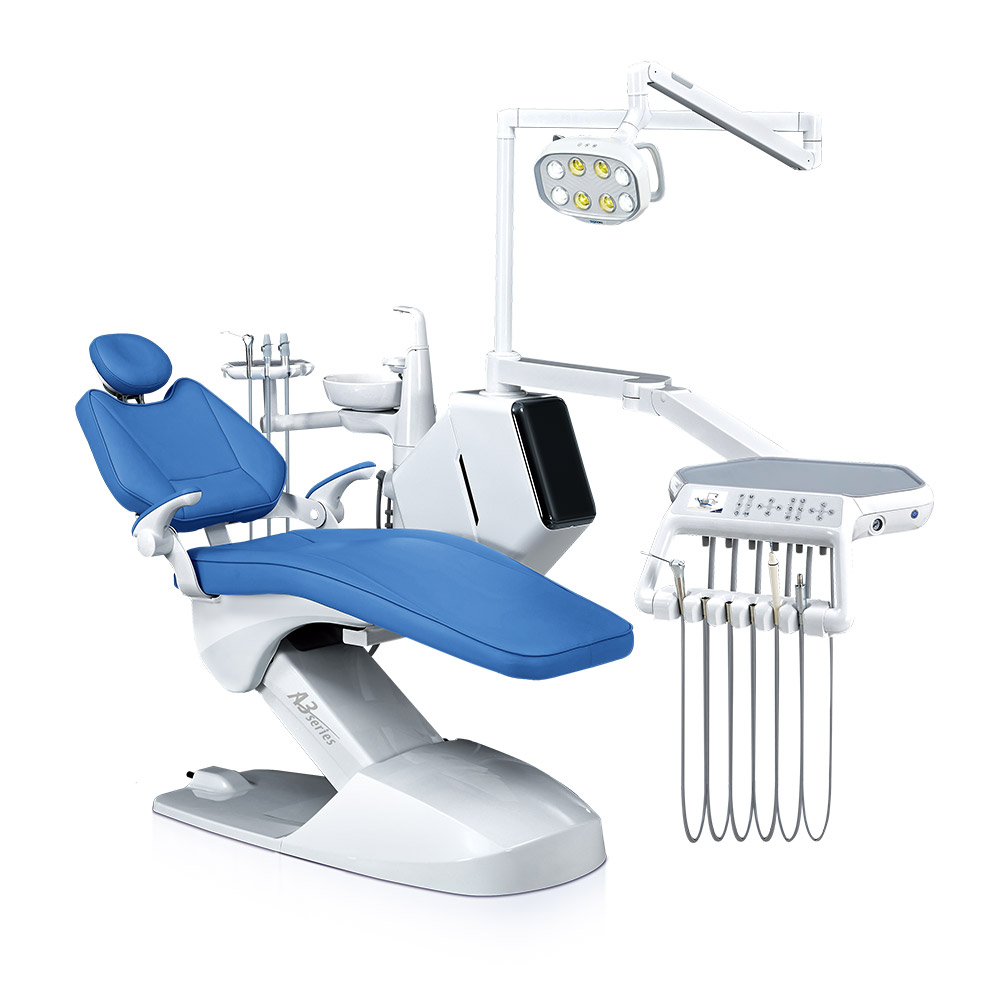Unlocking the Secrets: How to Choose the Perfect Dental Chair Delivery System for Your Practice!
In the fast-paced world of dentistry, the efficiency of a dental practice can hinge significantly on the right dental chair delivery system. This central piece of equipment not only influences the workflow but also affects patient comfort and overall satisfaction. Choosing the appropriate delivery system is crucial for optimizing procedures and enhancing the experience for both dentists and their patients. In this article, we aim to guide you through the process of comparing different dental chair delivery systems, providing insights that will aid in making a well-informed purchasing decision.

Understanding Dental Chair Delivery Systems
A dental chair delivery system is an integral part of any dental practice, designed to facilitate the delivery of tools and materials during various procedures. It typically consists of a dental chair combined with a set of equipment that allows dentists to access their instruments easily while ensuring patient comfort. There are several types of delivery systems available, including front delivery, where the equipment is positioned in front of the patient, rear delivery, which places the equipment behind the chair, and side delivery, where the tools are located to the side. Each type has its unique advantages and limitations, influencing how effectively the dental team can perform procedures.
Factors to Consider When Choosing a Dental Chair Delivery System
When selecting a dental chair delivery system, several critical factors come into play. Ergonomics is one of the most important considerations; both the dentist and the patient should be comfortable during procedures. A well-designed system will allow the dentist to maintain a proper posture, reducing the risk of strain or injury over time. Functionality and ease of use are essential as well; the system should allow for quick access to instruments without disrupting the flow of work. Additionally, compatibility with existing equipment is vital; ensuring that the new system integrates seamlessly with other tools can save costs and prevent workflow interruptions.
Comparative Analysis of Different Delivery Systems
Let’s delve into a comparative analysis of various delivery systems. Front delivery systems are popular for their accessibility, allowing the dentist to have immediate access to tools while maintaining eye contact with the patient. However, they may occupy more space and could limit the room for assisting staff. Rear delivery systems, on the other hand, provide a more streamlined look and can enhance patient comfort by keeping the instruments out of sight. Yet, they can sometimes be less convenient for the dentist, as reaching for tools may require awkward movements. Side delivery systems blend the two approaches, offering ease of access and efficient space utilization. However, they can sometimes complicate the workflow if not designed properly. Each system presents unique pros and cons, and the right choice largely depends on the specific needs of the practice.
Budgeting and Long-Term Investment Considerations
Budgeting for a dental chair delivery system involves more than just considering the initial purchase price. It’s important to weigh the long-term value against upfront costs. A more expensive system may offer advanced features that can enhance efficiency and patient satisfaction, ultimately leading to increased revenue. Additionally, warranty and service options should not be overlooked; reliable support can mitigate unexpected repair costs and downtime. Investing in a quality delivery system can pay dividends over time through improved patient experiences and streamlined operations.
Selecting the Right Delivery System for Your Practice
In summary, selecting the right dental chair delivery system is a multifaceted decision that can significantly impact the success of a dental practice. By understanding the various types of systems available, considering key factors such as ergonomics and functionality, and conducting a thorough comparative analysis, dental professionals can make informed choices. It's also crucial to view this purchase as a long-term investment that goes beyond initial costs. As each practice has unique requirements, evaluating specific needs will ensure that the chosen system enhances both efficiency and patient satisfaction.



